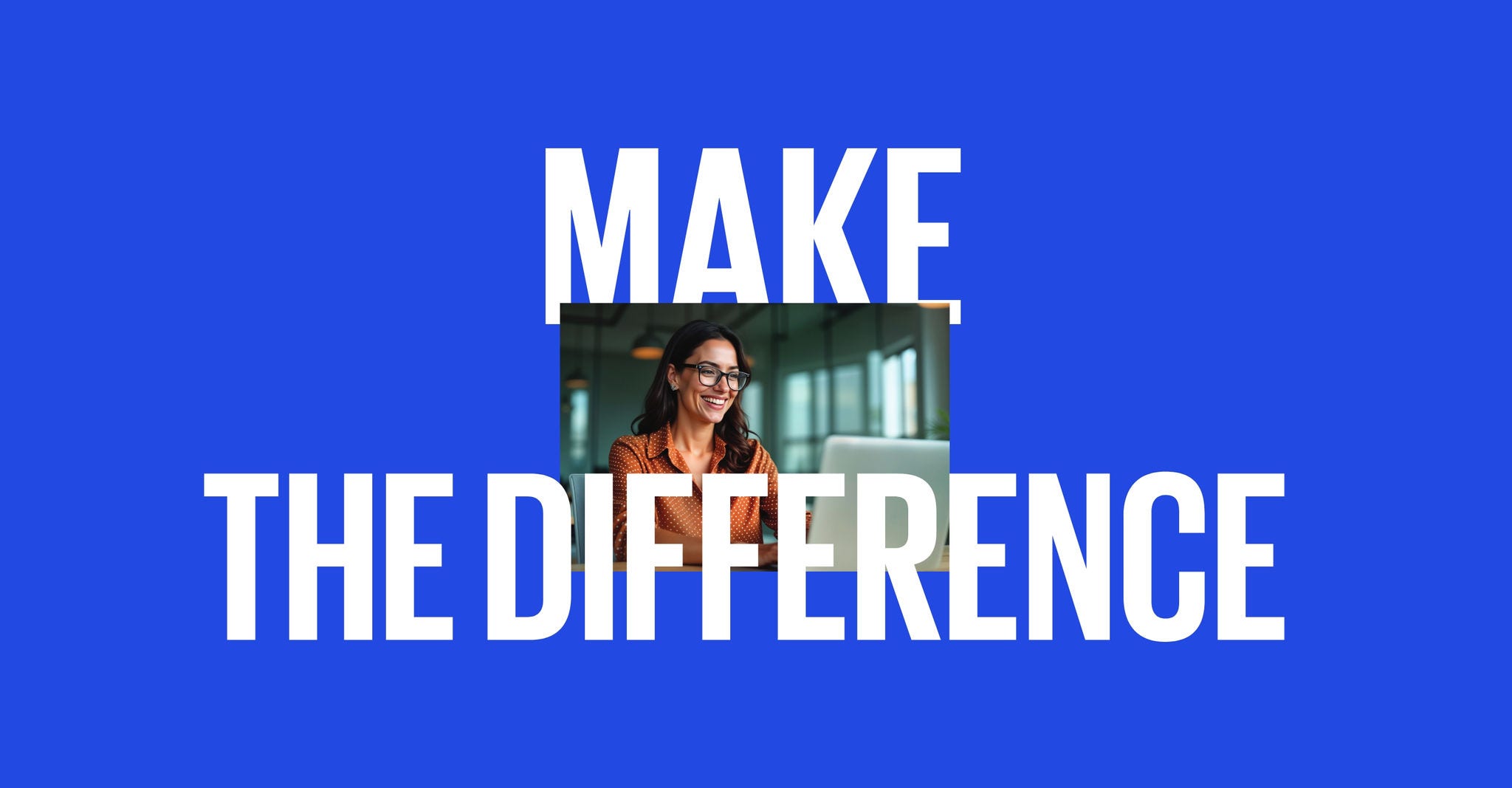Substantial amounts of funding are flowing into new nuclear projects globally – estimated at over $80 billion annually and rising. Investments into the total nuclear value chain could total $2.2 trillion by 2050. Currently, there are around 70 reactors under construction, 110 reactors in planning and a further 300 more are at proposal stage.
It is no surprise that there was a mood of optimism and confidence amongst industry executives at the recent World Nuclear Symposium in London organised by the World Nuclear Authority (WNA), where it was highlighted that a nuclear renaissance is being sparked by a number of global trends.


